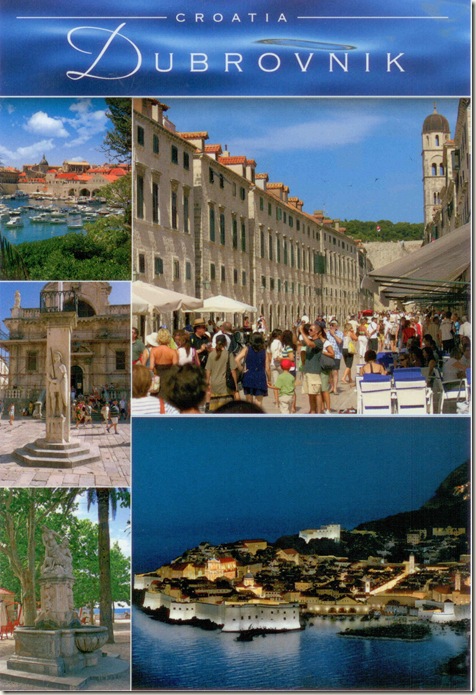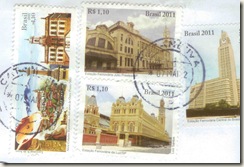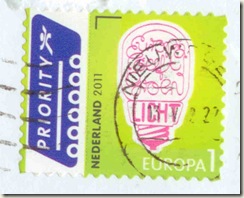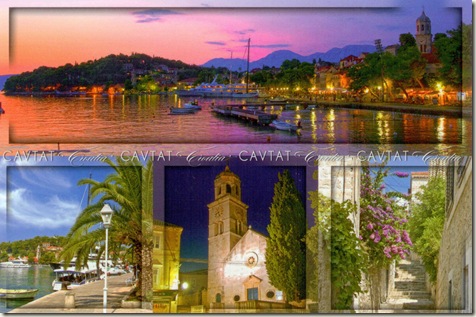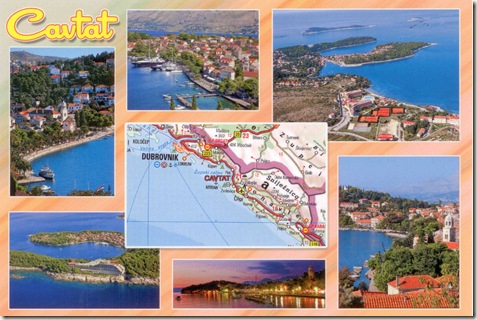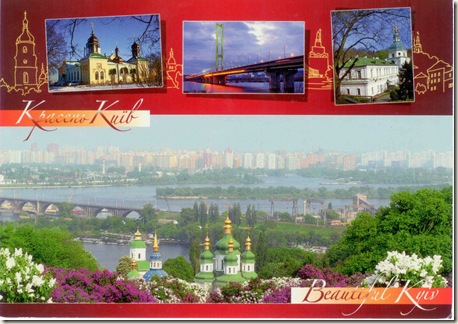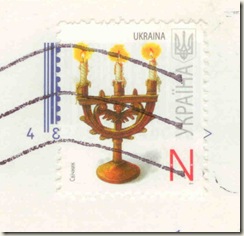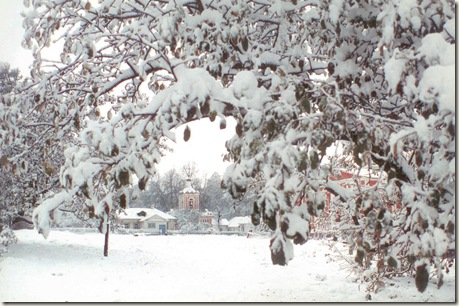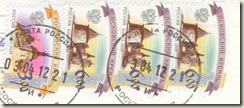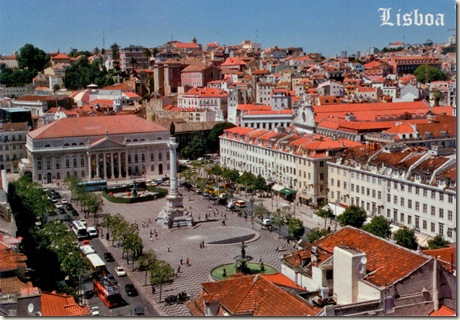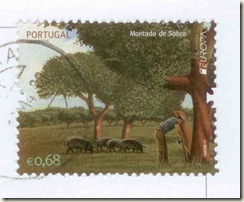Dubrovnik (pronounced [dǔbroːʋnik], note that the stress is on the first syllable) is a Croatian city on the Adriatic Sea coast, positioned at the terminal end of the Isthmus of Dubrovnik. It is one of the most prominent tourist destinations on the Adriatic, aseaport and the centre of Dubrovnik-Neretva county. Its total population is 42,641 (census 2011). In 1979, the city of Dubrovnik joined the UNESCO list of World Heritage Sites.
The prosperity of the city of Dubrovnik has always been based on maritime trade. In the Middle Ages, as the Republic of Ragusa, also known as a Maritime Republic (together with Amalfi, Pisa, Genoa, Venice and other Italian cities), it became the only eastern Adriatic city-state to rival Venice. Supported by its wealth and skilled diplomacy, the city achieved a high level of development, particularly during the 15th and 16th centuries.
The beginning of tourism in Dubrovnik is often associated with the construction of the late 19th-century luxury hotels in Croatia, such as Grand Hotel (1890) in Opatija and the Hotel Imperial (1897) in Dubrovnik. According to CNNGo, Dubrovnik is among the 10 best medieval walled cities in the world and among the 10 best places in the world for a fairytale proposal of the Valentine's Day. Although Dubrovnik was demilitarised in the 1970s to protect it from war, in 1991, after the breakup of Yugoslavia, it wasbesieged by Serb-Montenegrin forces for 7 months and received significant shelling damage.
Name
In Croatian, the city is known as Dubrovnik; in Italian as Ragusa; and in Latin as Ragusium. Its historical name in Greek is Raugia(Ραυγια) or Ragousa (Ραγουσα).
The current Croatian name was officially adopted in 1918 after the fall of the Austria–Hungary empire, but it was in use from the Middle Ages. It is also referred to as Dubrovnik in the first official document of the treaty with the Ban of Bosnia Ban Kulin.
Languages
The official language until 1472 was Latin. Later, the Senate of the Republic decided that the official language of the Republic would be the Ragusan dialect of the RomanceDalmatian language, and forbade the use of the Slavic language in senatorial debate. The Gospari (the Aristocracy) held on to their language for many centuries, while it slowly disappeared.
Although the Latin language was in official use, inhabitants of the republic were mostly native speakers of Slavonic languages (as confirmed by P. A. Tolstoj in 1698, when he noted In Dalmatia... Dubrovnikans....called themselves as Ragusan(Raguseos) and always have pride in the Republic). The Dalmatian language was also spoken in the city. The Italian language as spoken in the republic was heavily influenced by the Venetian language and the Tuscan dialect. Italian took root among the Dalmatian Romance-speaking merchant upper classes, as a result of Venetian influence.
Heritage
The annual Dubrovnik Summer Festival is a 45 day-long cultural event with live plays, concerts, and games. It has been awarded a Gold International Trophy for Quality (2007) by the Editorial Office in collaboration with the Trade Leaders Club.
The patron saint of the city is Sveti Vlaho (Saint Blaise), whose statues are seen around the city. He has an importance similar to that of St. Mark the Evangelist to Venice. One of the larger churches in city is named after Saint Blaise. February 3 is the feast of Sveti Vlaho (Saint Blaise), who is the city's patron saint. Every year the city of Dubrovnik celebrates the holiday with Mass, parades, and festivities that last for several days.
The Old Town of Dubrovnik is depicted on the reverse of the Croatian 50 kuna banknote, issued in 1993 and 2002.
The city boasts of many old buildings, such as the Arboretum Trsteno, the oldest arboretum in the world, dating back to before 1492. Also, the third oldest European pharmacy is located in the city, which dates back to 1317 (and is the only one still in operation today). It is located at Little Brothers monastery in Dubrovnik.
In history, many Conversos (Marranos) were attracted to Dubrovnik, formerly a considerable seaport. In May 1544, a ship landed there filled exclusively with Portuguese refugees, as Balthasar de Faria reported to King John. Another admirer of Dubrovnik,George Bernard Shaw, visited the city in 1929 and said: "If you want to see heaven on earth, come to Dubrovnik."
In the bay of Dubrovnik is the 72-hectare wooded island of Lokrum, where according to legend, Richard the Lionheart was cast ashore after being shipwrecked in 1192. The island includes a fortress, botanical garden, monastery and naturist beach.
Among the many tourist destinations are a few beaches. Banje, Dubrovnik's main public beach, is home to the Eastwest Beach Club. There is also Copacabana Beach, a stony beach on the Lapad peninsula, named after the popular beach in Rio de Janeiro.
Dubrovnik has also been mentioned in popular film and theatre. In the film 20,000 Leagues Under the Sea with Michael Caine, one of the characters said to have been dreaming of fairy from Dubrovnik (motive known from local legends and literature).
Ivan Gundulić, a 17th century Croatian writer, predicted the downfall of the great Turkish Empire in his poem Osman.
Important monuments
Few of Dubrovnik's Renaissance buildings survived the earthquake of 1667 but fortunately enough remain to give an idea of the city's architectural heritage. The finest Renaissance highlight is the Sponza Palace which dates from the 16th century and is currently used to house the National Archives. The Rectors Palace is a Gothic-Renaissance structure that displays finely carved capitals and an ornate staircase. It now houses a museum. Its façade is depicted on the reverse of the Croatian 50 kuna banknote, issued in 1993 and 2002. The St. Saviour Church is another remnant of the Renaissance period, next to the much-visited Franciscan Monastery. The Franciscan monastery's library possesses 30,000 volumes, 216 incunabula, 1,500 valuable handwritten documents. Exhibits include a 15th century silver-gilt cross and silver thurible, an 18th century crucifix from Jerusalem, a martyrology (1541) by Bemardin Gucetic and illuminated psalters.
Dubrovnik's most beloved church is St Blaise's church, built in the 18th century in honour of Dubrovnik's patron saint. Dubrovnik's baroque Cathedral was built in the 18th century and houses an impressive Treasury with relics of Saint Blaise. The city's Dominican Monastery resembles a fortress on the outside but the interior contains an art museum and a Gothic-Romanesque church. A special treasure of the Dominican monastery is its library with 216 incunabula, numerous illustrated manuscripts, a rich archive with precious manuscripts and documents and an extensive art collection.
Walls of Dubrovnik
A feature of Dubrovnik is its walls that run almost 2 km (1.24 mi) around the city. The walls run from four to six metres thick on the landward side but are much thinner on the seaward side. The system of turrets and towers were intended to protect the vulnerable city.
